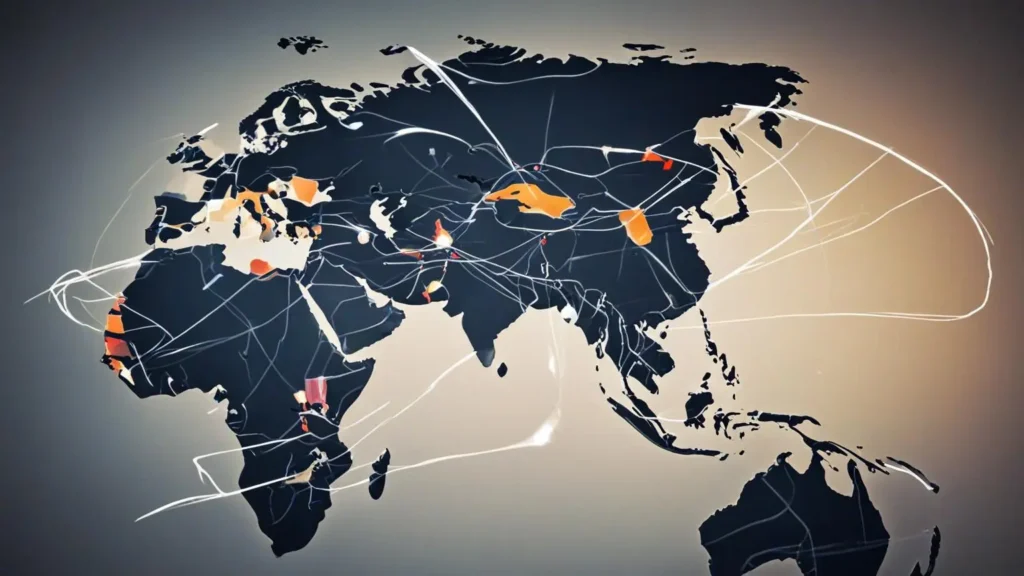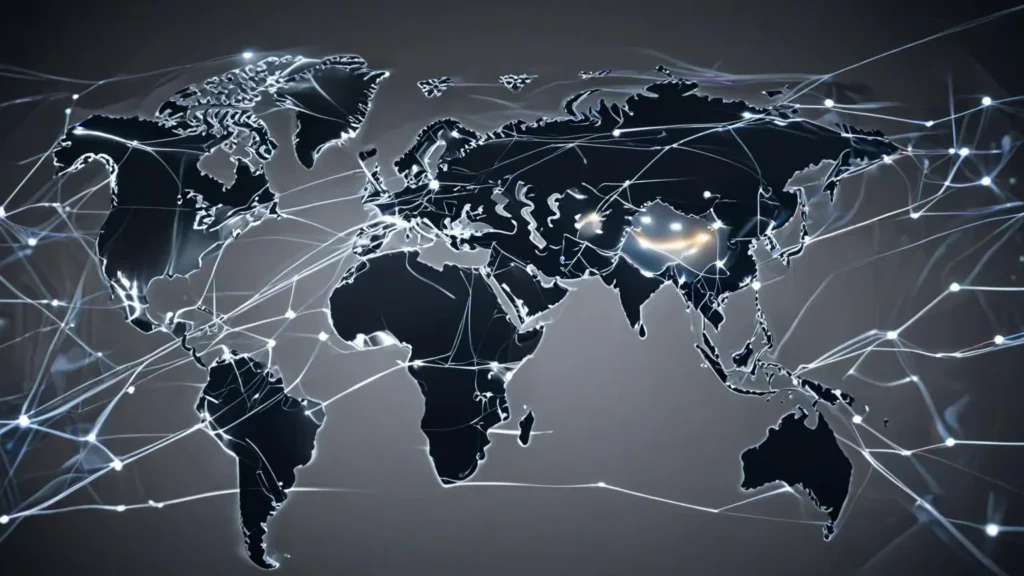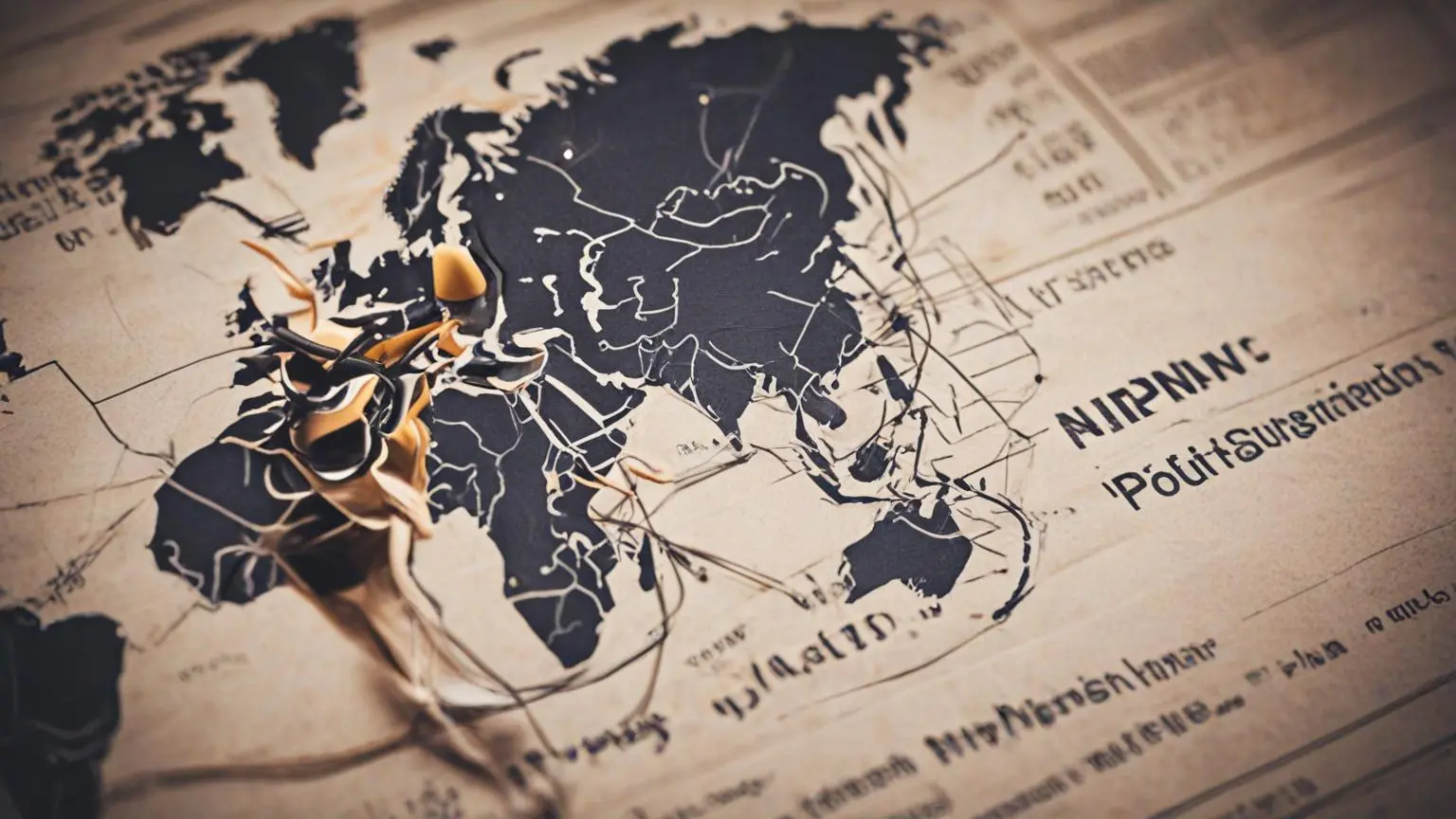In today’s interconnected world, protecting intellectual property (IP) on a global scale is essential for businesses of all sizes. Whether you’re a small startup or a multinational corporation, safeguarding your inventions, brands, and creative works internationally is crucial to maintaining a competitive edge and ensuring long-term success. This article delves into the importance of international IP protection, the strategies businesses can employ to secure their IP rights globally, and the key challenges they may face.
How Can a Business Protect Its Intellectual Property Internationally?
Protecting intellectual property internationally involves a multi-faceted approach, encompassing legal, strategic, and practical measures. Here’s a detailed guide on how businesses can effectively safeguard their IP on a global scale.
Understand International IP Laws and Agreements
The first step in protecting IP internationally is understanding the various treaties and agreements that facilitate IP protection across multiple countries. Key international treaties include:
- Paris Convention: Allows businesses to claim priority for IP filings in member countries, providing a unified filing date.
- Berne Convention: Protects literary and artistic works across member countries without the need for formal registration.
- Madrid Agreement and Protocol: Simplifies the process of trademark registration in multiple countries through a single application.
- Patent Cooperation Treaty (PCT): Enables businesses to seek patent protection in multiple countries with a single application.
By leveraging these treaties, businesses can streamline their IP protection efforts and ensure broader coverage.
Register IP in Key Markets
IP rights are territorial, meaning protection in one country does not extend to others. Therefore, businesses must identify key markets where they operate or plan to expand and register their IP accordingly. This includes filing for patents, trademarks, and copyrights in each relevant jurisdiction.
For example, a U.S. company expanding into Europe should register its trademarks with the European Union Intellectual Property Office (EUIPO) to secure protection across all EU member states.
Work with Local IP Experts
Navigating the IP laws and regulations of different countries can be complex. Collaborating with local IP attorneys or agents who understand the specific requirements and procedures in each market is crucial. These experts can assist with filings, compliance, and enforcement, ensuring that your IP rights are adequately protected.
For instance, a tech company seeking patent protection in Japan would benefit from partnering with a Japanese patent attorney familiar with local patent examination standards.
Monitor and Enforce IP Rights
Proactively monitoring the use of your IP and taking action against infringements is essential to maintaining its value. This can involve:
- IP Monitoring Services: These services track the use of your IP globally and alert you to potential infringements.
- Legal Actions: Enforcing your rights through cease-and-desist letters, litigation, or alternative dispute resolution mechanisms.
Employing a trademark watch service, for example, can help you identify unauthorized use of your brand and take timely action to protect it.
Leverage International IP Databases
Utilizing international IP databases can help you avoid conflicts and ensure your IP does not infringe on existing rights. Key resources include:
- WIPO Global Brand Database: A comprehensive database for trademark searches.
- EPO Espacenet: A valuable tool for patent searches.
Before filing a trademark, conducting a thorough search in the WIPO database can confirm that the mark is not already registered internationally.
What Is the International Protection of IP?
International protection of IP involves safeguarding intellectual property rights across multiple jurisdictions. This is facilitated by various treaties, agreements, and organizations designed to harmonize IP laws and simplify the filing process.
International Treaties and Agreements
Several key treaties facilitate global IP protection:
- Paris Convention: Establishes a system for priority rights in patent and trademark filings.
- Berne Convention: Provides automatic protection for literary and artistic works in member countries.
- Madrid Agreement and Protocol: Allows for international trademark registration through a single application.
- Patent Cooperation Treaty (PCT): Streamlines the process of seeking patent protection in multiple countries.
These treaties provide a framework for businesses to protect their IP efficiently and effectively on an international scale.
World Intellectual Property Organization (WIPO)

WIPO is an international organization responsible for promoting and protecting IP worldwide. It administers numerous treaties and offers resources to help businesses protect their IP globally.
WIPO’s services include:
- Arbitration and Mediation Center: Provides alternative dispute resolution for IP conflicts.
- Global IP Databases: Offers tools for searching patents, trademarks, and designs.
By utilizing WIPO’s resources, businesses can navigate the complexities of international IP protection more effectively.
Regional IP Offices
Regional IP offices streamline the process of securing IP rights within specific regions. Examples include:
- European Union Intellectual Property Office (EUIPO): Manages trademarks and designs within the EU.
- African Regional Intellectual Property Organization (ARIPO): Facilitates IP protection in member African countries.
Registering IP with these regional offices can simplify filings and ensure comprehensive protection across multiple countries within the region.
What Is IP Protection in Business?
IP protection in business refers to securing and enforcing intellectual property rights to maintain a competitive edge and prevent unauthorized use. Here’s why IP protection is crucial for businesses:
Securing Competitive Advantage
Protected IP helps businesses maintain a unique market position by preventing competitors from copying or exploiting their innovations. For example, a patented technology can give a company a competitive edge by restricting others from using the same technology.
Revenue Generation
IP can be monetized through licensing, franchising, and sales. Protected IP creates new revenue streams and increases business value. Licensing patented technology to other companies, for instance, can generate significant royalty income.
Brand Protection
Trademarks and copyrights protect a business’s brand identity and creative works, preventing dilution and maintaining consumer trust. A well-protected brand name ensures that consumers associate quality products with your business.
Attracting Investment
A robust IP portfolio attracts investors and partners. Investors value businesses with protected and enforceable IP assets, as these assets contribute to the company’s overall valuation and growth potential.
What Are Intellectual Property Rights in International Business?

Intellectual property rights (IPR) in international business refer to the legal protections granted to creators and owners of IP across different countries. Here’s what businesses need to know:
Types of Intellectual Property Rights
The main types of IPR include:
- Patents: Protect inventions and grant exclusive rights to the inventor.
- Trademarks: Protect brand names, logos, and slogans.
- Copyrights: Protect literary, artistic, and musical works.
- Trade Secrets: Protect confidential business information that provides a competitive edge.
Understanding the specifics of each type of IP is essential for businesses to secure comprehensive protection.
International Filing Systems
International filing systems streamline the process of securing IPR in multiple countries. Examples include:
- PCT (Patent Cooperation Treaty): Allows for a single patent application to be filed for protection in multiple countries.
- Madrid System: Enables international trademark registration through a single application.
These systems simplify the application process and reduce administrative burdens for businesses.
Enforcement of IPR
Enforcing IPR involves taking legal action against infringers to prevent unauthorized use and maintain the value of your IP. This can include:
- Cease-and-Desist Letters: Formal requests to stop infringing activities.
- Litigation: Legal proceedings to enforce IP rights.
- Alternative Dispute Resolution: Methods such as arbitration and mediation to resolve IP conflicts.
Working with local legal experts and utilizing international dispute resolution mechanisms, such as WIPO’s Arbitration and Mediation Center, can help businesses enforce their IP rights effectively.
Challenges in International IP Protection
Businesses face various challenges in protecting their IP internationally, including differing legal standards and enforcement practices. Understanding these challenges is crucial for navigating the complexities of international IP protection.
For example, differences in patent examination standards can impact the scope of protection in different countries. Staying informed about international IP laws and working with experienced IP professionals can help businesses overcome these challenges.
Conclusion
Protecting intellectual property internationally is essential for businesses operating in a global market. By understanding international IP laws, registering IP in key markets, working with local experts, and leveraging international databases, businesses can effectively safeguard their IP assets. International protection of IP involves navigating complex treaties and agreements, utilizing regional IP offices, and understanding the role of organizations like WIPO. IP protection in business is crucial for maintaining a competitive edge, generating revenue, protecting brand identity, and attracting investment. With the right strategies and resources, businesses can secure their intellectual property rights and thrive in the global marketplace.

